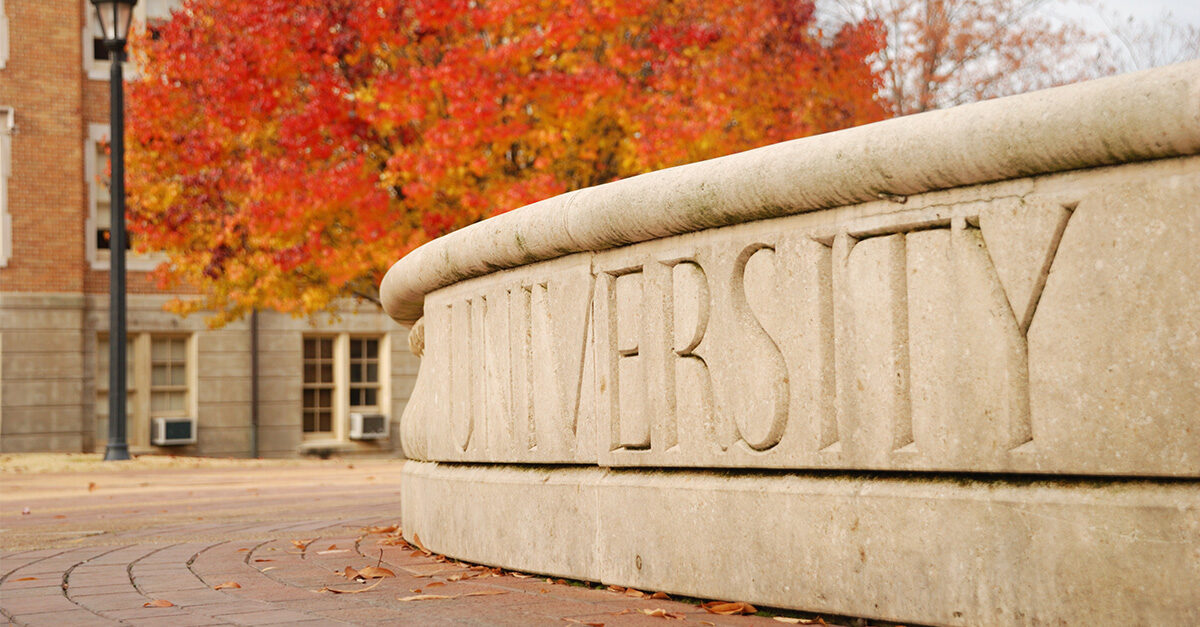While cleanliness standards have always been elevated for higher education facilities, they went up a notch when students returned to campus after the COVID-19 pandemic forced them into
virtual classrooms.
“The biggest challenge is keeping up with everyone’s higher expectations. Students and their parents agree that public restrooms should provide a safe environment, especially after the pandemic,” said Rachel Olsavicky, regional marketing manager for the commercial and public interest sector at Tork, a brand under the global hygiene and health company Essity that offers professional hygiene products and services to customers worldwide including dispensers, paper towels, toilet tissue, soap, napkins, wipers, and software solutions. “If visitors have a poor experience when they first visit a campus—if they view it as not clean—the university will face complaints and reputational risk.”
Get hands-on with germ protection
Custodial crews can be meticulous in their restroom cleaning. But without a hand hygiene system in place, students will spread germs that can contaminate the cleanest environments.
“With so many students sharing communal spaces, touchpoints and equipment, and parents coming on campus to visit, communicating proper hand hygiene—washing your hands with soap
and water then drying them with hand towels—is important,” Olsavicky said. “Restroom signage will go a long way in spreading this message, along with easy-to-use soap dispensers and nearby
paper towel dispensers to prevent dripping water all over the floor.”
Olsavicky recommends systems that dispense product quickly and that are intuitive to use in a touch-free manner. Smart, connected dispensers give cleaners and managers access to real-time
data regarding immediate cleaning needs and will notify custodians when supplies are low and alert them to where they need to be,” she said.
Make a plan, seek support
Having a specific restroom cleaning plan will also enable custodians to clean smarter, whether cleaning from the top of the room to the bottom, starting in a clockwise or counterclockwise
direction, or even cleaning the dirtiest areas first. “Set a routine and use real-time data from smart dispensers to determine areas people are using the most,” Olsavicky said. “Then you can adjust
your routine to give more attention to areas that need it and temporarily close restrooms that aren’t being used so crews aren’t wasting time there.”
With worker shortages still in force and college campuses expected to do more with less, routines and protocols are more crucial now than ever for efficient cleaning. Olsavicky encourages
custodial crew managers to reexamine all protocols, communicate cleaning plans, and bring complaints about campus cleanliness to senior decision makers so crews can find and invest in
solutions.
“Be proactive about communicating strategies that can mitigate complaints. Post it on an employee website, put it in a newsletter,” she said. “Don’t keep it a secret; let everyone know.”
Combining cleaning routine transparency with assistance from vendors and technology partners in choosing the right equipment will help ensure clean and hygienic campus restrooms
that leave a positive impression.
“The demands have never been higher for facility managers.” Olsavicky said. “Although they often are a Jack or Jill of all trades—silent superheroes—it is important for them to remember they
are not in this alone.”



